Botox: Beyond Beauty – Understanding Its Uses and Impact
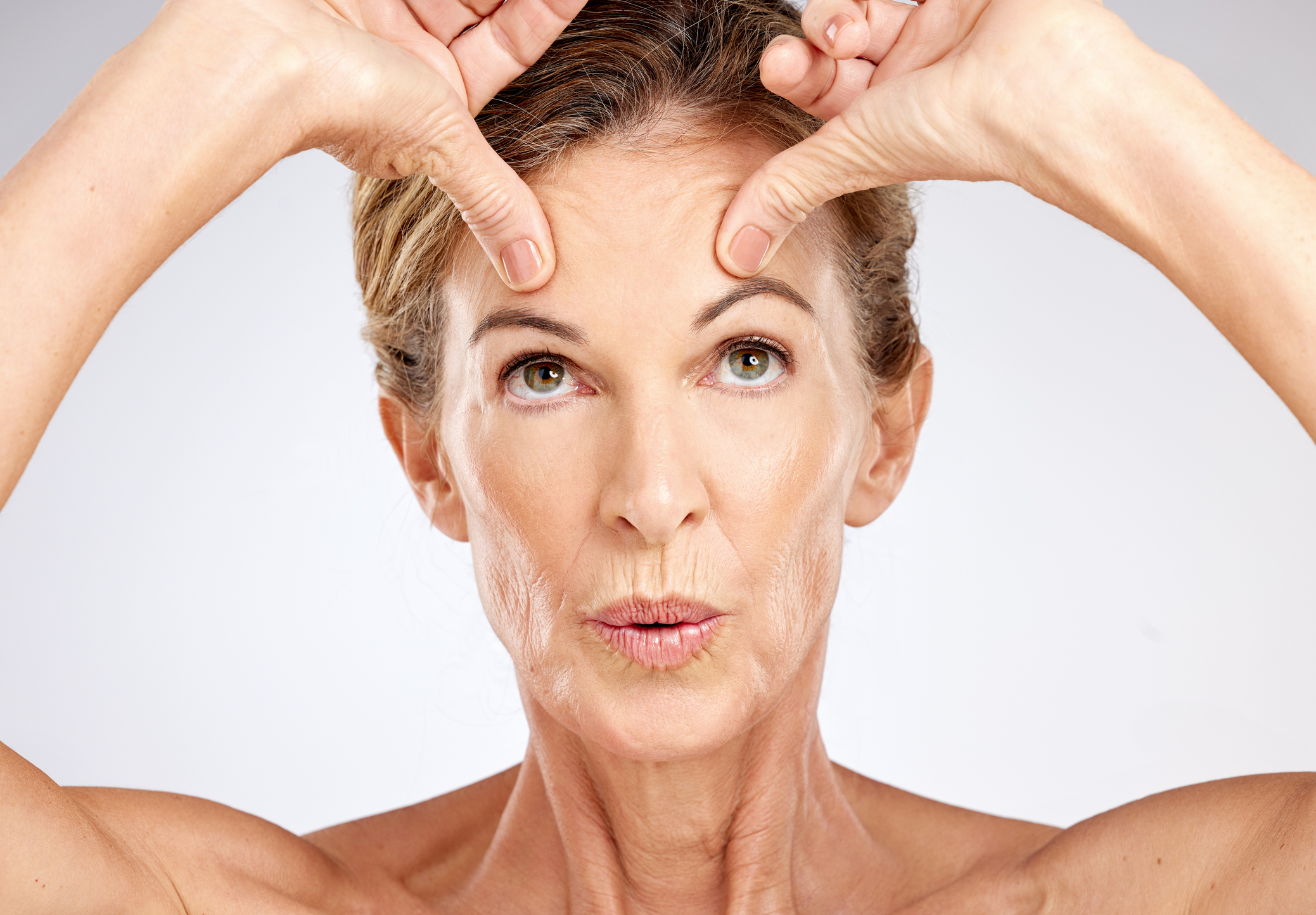
Botox, a brand name for botulinum toxin type A, has become a household name synonymous with cosmetic enhancement. Yet, its applications extend far beyond wrinkle reduction. From medical treatments to therapeutic uses, Botox's versatility makes it a significant player in both aesthetic and medical fields. This article explores the multifaceted uses of Botox, its effectiveness, safety, and evolving role in modern medicine.
What is Botox?
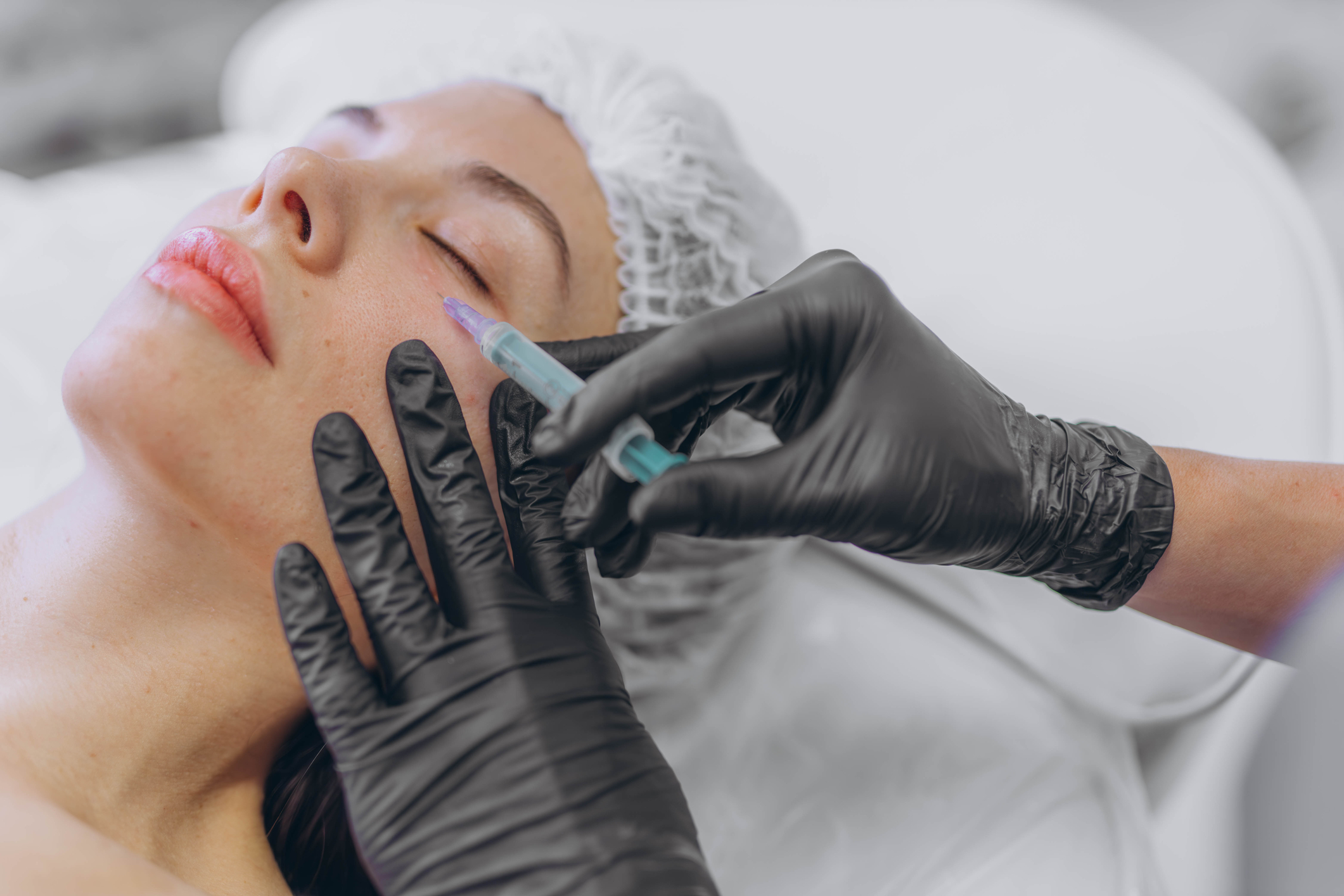
Botox is derived from a toxin produced by the bacterium Clostridium botulinum. When used in small, controlled doses, Botox can temporarily paralyze muscles, which is why it's effective in reducing wrinkles. The toxin works by blocking nerve signals to specific muscles, preventing them from contracting. This results in a smoother appearance of the skin. The FDA approved Botox for cosmetic use in 2002, but its medical applications have been explored since the late 1980s.
Cosmetic Uses
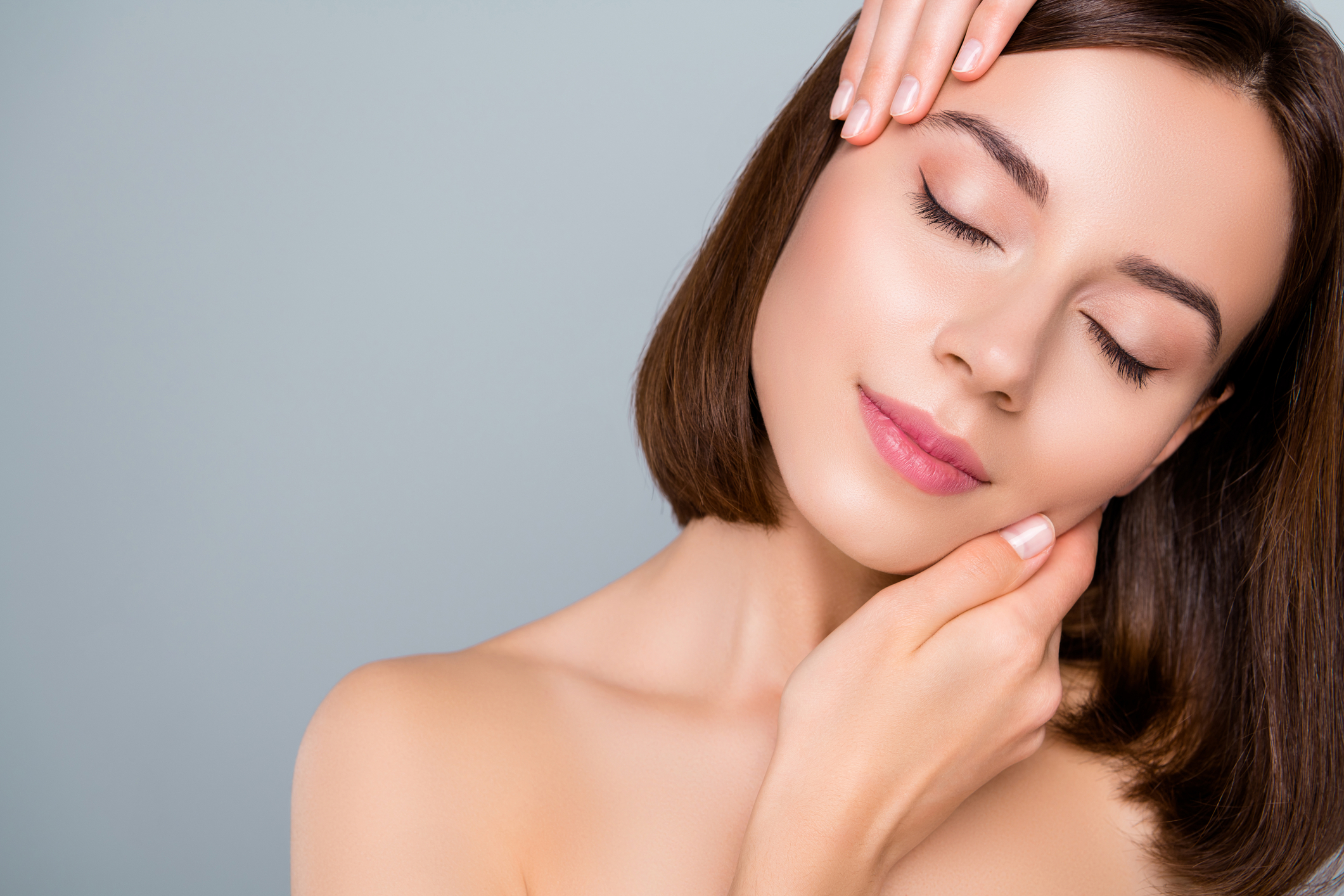
The most well-known use of Botox is for cosmetic purposes. It is primarily employed to diminish the appearance of facial wrinkles, particularly those caused by repetitive muscle movements, such as frown lines, crow’s feet, and forehead lines. By inhibiting muscle contractions, Botox smooths out these lines, giving a more youthful appearance. Treatments are typically quick, lasting around 10 to 15 minutes, with results visible within a week. The effects generally last three to four months, after which repeat treatments are needed to maintain results.
Medical Applications

Botox's therapeutic potential extends far beyond cosmetics. It is used to treat a variety of medical conditions, showcasing its versatility:
- Chronic Migraine: Botox is FDA-approved for the prevention of chronic migraines. Patients receiving Botox injections for migraines often experience a significant reduction in headache frequency and severity. The exact mechanism is not fully understood, but it is believed that Botox interferes with the release of neurotransmitters involved in pain transmission.
- Hyperhidrosis: For individuals suffering from excessive sweating, particularly in the armpits, palms, or soles, Botox can provide relief. The treatment works by blocking the nerve signals that stimulate sweat glands, significantly reducing sweating in treated areas.
- Spasticity and Muscle Disorders: Botox is used to treat conditions involving excessive muscle spasticity, such as cerebral palsy and multiple sclerosis. By relaxing the overactive muscles, Botox can improve mobility and reduce discomfort.
- Overactive Bladder: Botox injections can also help manage symptoms of an overactive bladder, such as frequent or urgent urination. It works by calming the bladder muscles, thus reducing the frequency of bladder contractions.
Safety and Side Effects
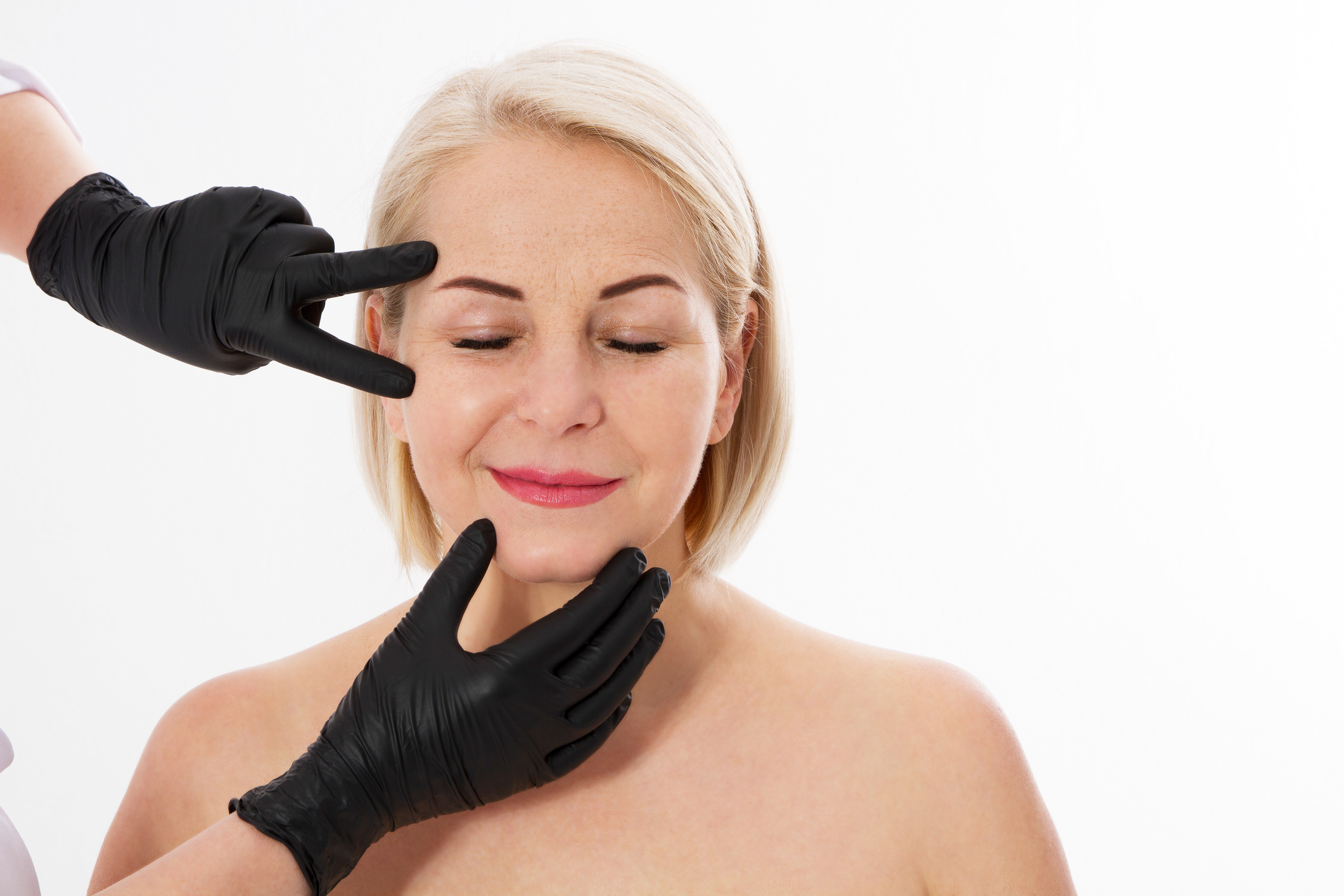
Botox is generally considered safe when administered by a qualified professional. Common side effects include temporary bruising, swelling, or redness at the injection site. Less common but more serious side effects may include muscle weakness, vision problems, or difficulty swallowing, particularly if the toxin spreads beyond the targeted area. It is crucial for patients to disclose their full medical history and any current medications to minimize the risk of adverse effects.
Evolving Uses and Future Directions

The applications of Botox continue to expand as research advances. Recent studies are exploring its potential in treating conditions such as depression and chronic pain. For instance, preliminary research suggests that Botox may influence mood regulation and offer relief for individuals with treatment-resistant depression.
Moreover, Botox is being investigated for its role in treating various types of muscular and neurological disorders. Ongoing clinical trials aim to refine its therapeutic uses and improve patient outcomes.
Conclusion
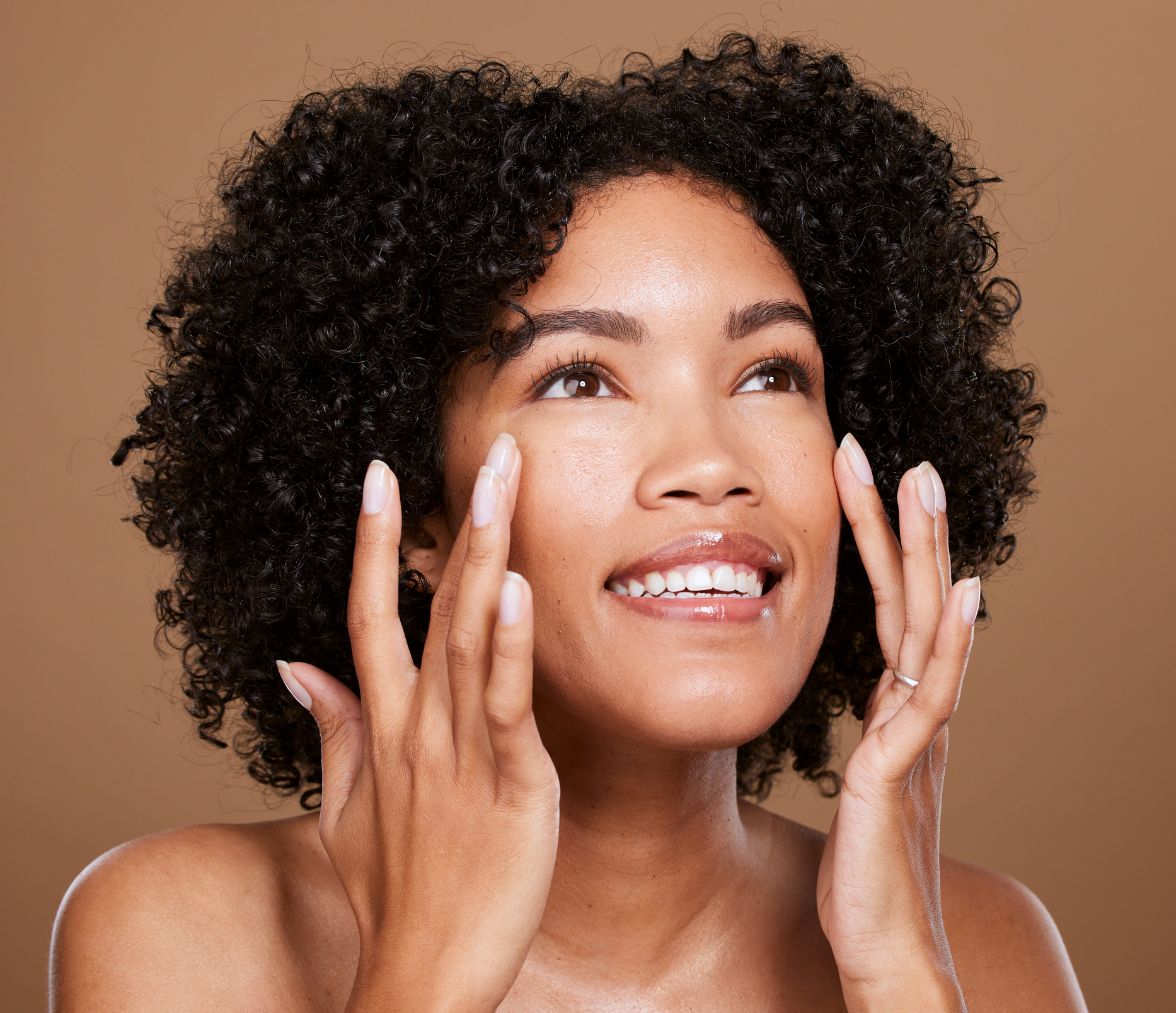
Botox has evolved from a simple wrinkle-reducing treatment to a multifaceted tool in both aesthetic and medical fields. Its ability to address a range of conditions—from cosmetic concerns to serious medical issues—demonstrates its significant impact on modern medicine. As research continues and new applications are explored, Botox is likely to play an even more prominent role in improving quality of life across various domains. For those considering Botox, whether for cosmetic or medical reasons, consulting with a qualified healthcare provider is essential to ensure safe and effective treatment.